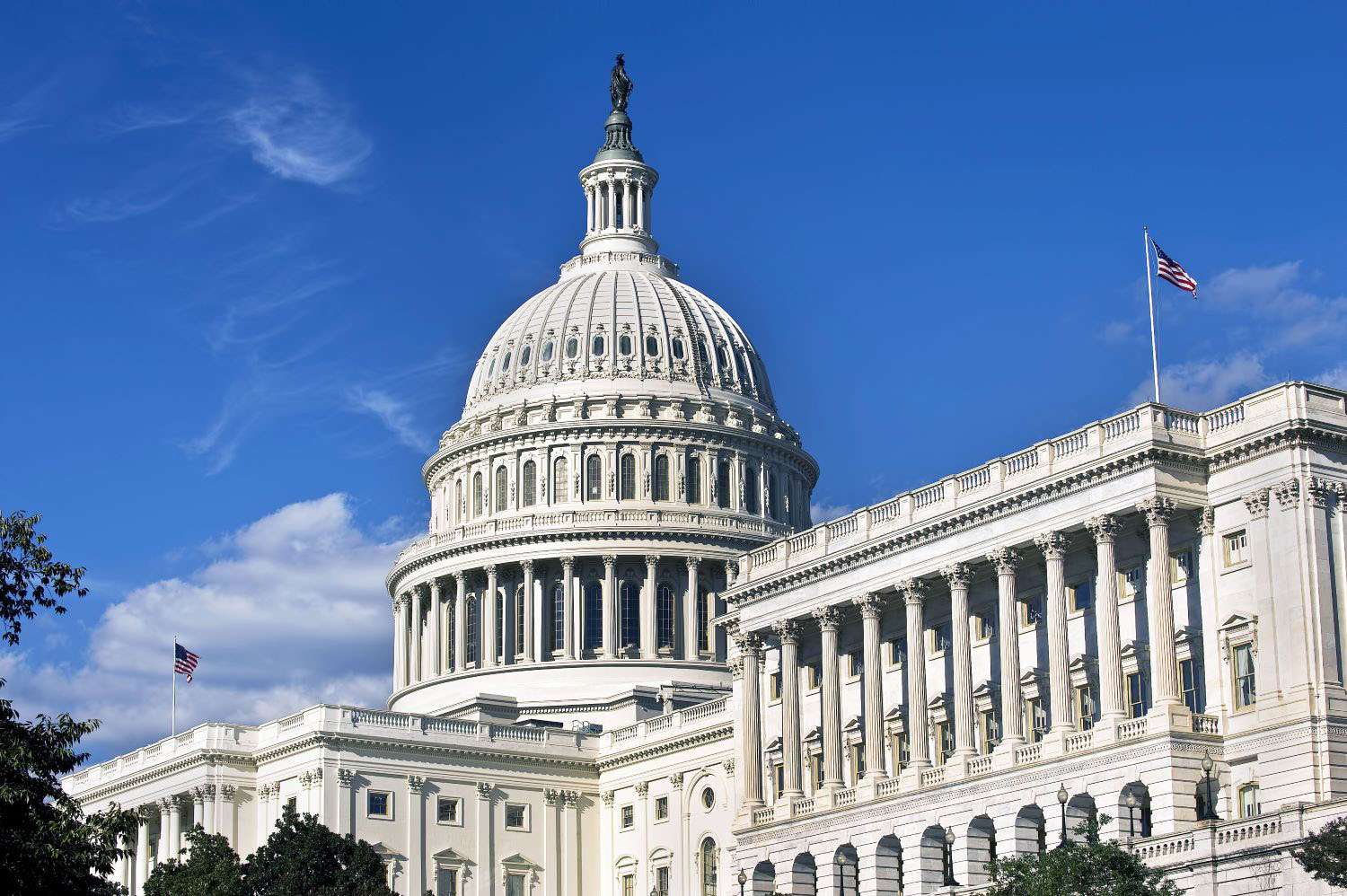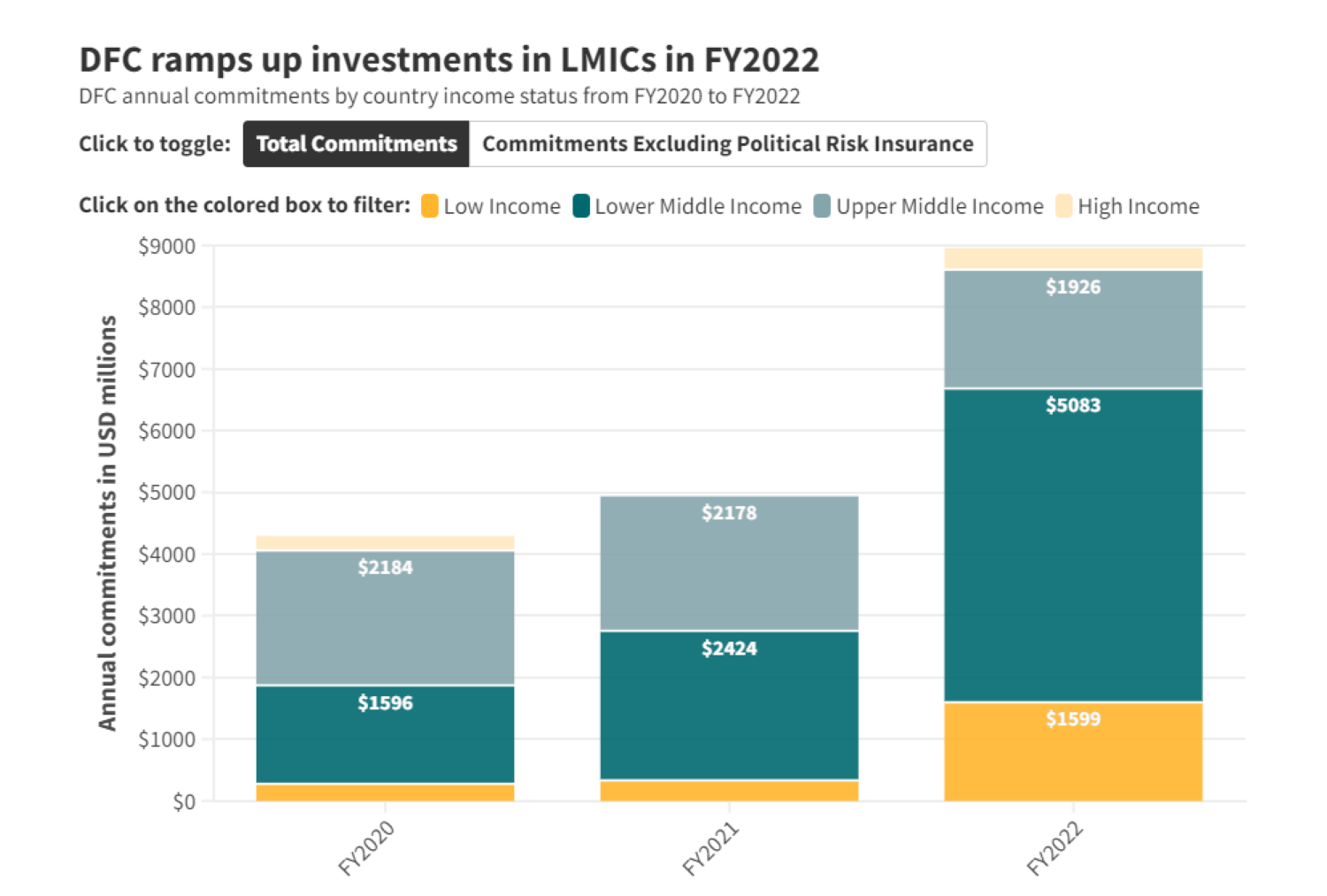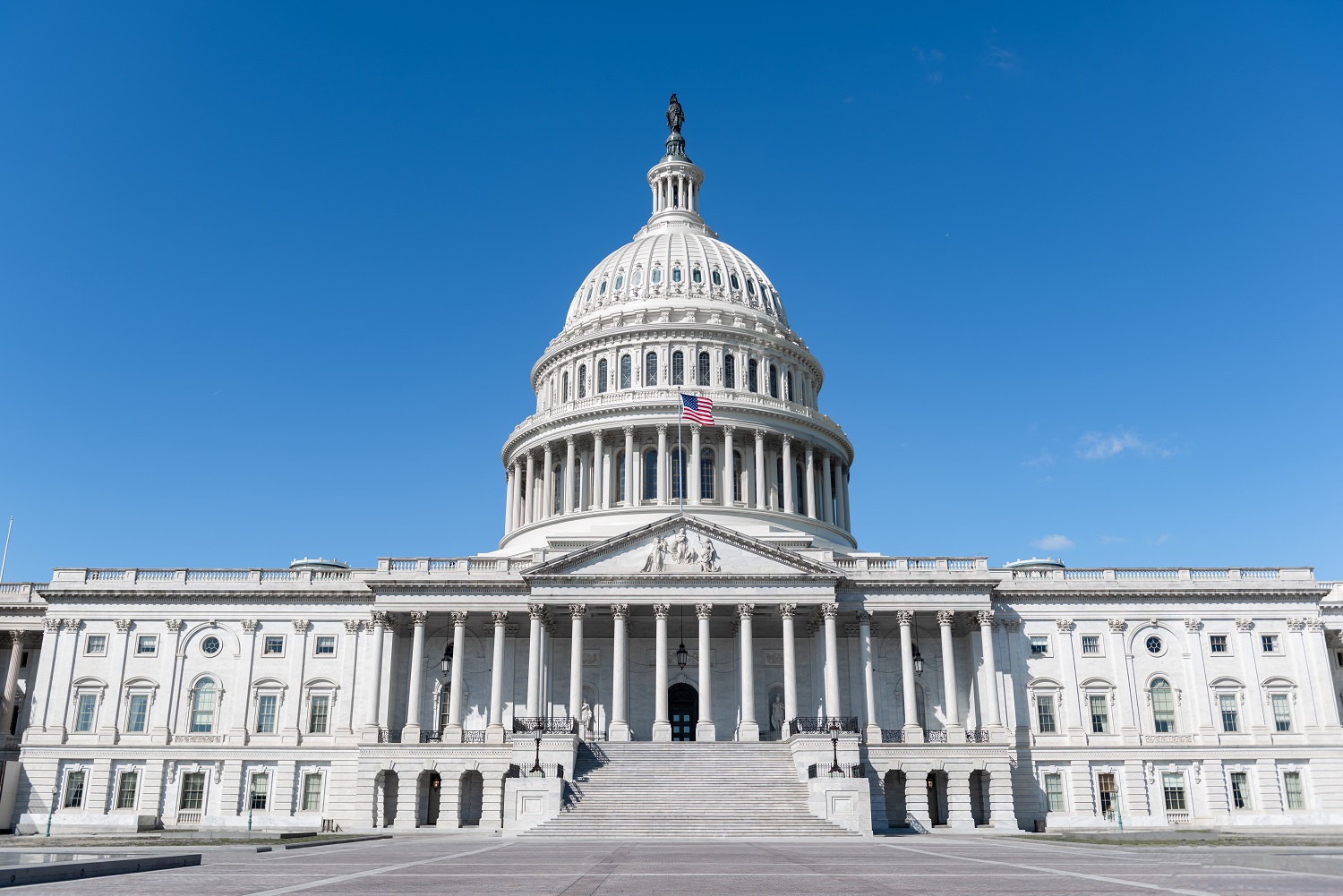Bipartisanship has a pulse in Washington after all. Or, maybe it’s just Ed Royce (R-CA) and Eliot Engel (D-NY) reminding the town that certain issues trump the desire to deliver mortal body blows. What unites this conservative from San Bernardino and a progressive from the Bronx? The belief that sustained US leadership can help bring economic and social opportunity to millions of Africans that lack any access to electricity.
Under their steady leadership, the House Foreign Affairs Committee passed the Electrify Africa Act last week by voice vote. All in, 61 co-sponsors from 27 states support this measure. And the list grows by the week.
Until now, the focus has been largely on President Obama’s Power Africa Initiative and its target of providing 20 million households with electricity access in a handful of African countries. Yet, the House wants the US to go much bigger. If Chairman Royce, Ranking Member Engel, and the scores of other bill sponsors get their way, the Electrify Africa Act could more than double President Obama’s goal. All of it fueled by an additional 20,000 megawatts of power generated by both renewable and non-renewable sources.
Beyond the headline policy statements, the Electrify Africa Act would move things forward in three ways.
- Calls for a USG-Wide Strategy. Power Africa currently lacks a strategic framework. It’s a transaction-level initiative, consisting of a 300 MW gas-fired power plant here and a 30 MW solar facility there. This approach forces US agencies to get deals done (a strength), but is also tough to track at the country and regional level (a weakness). The Electrify Africa Act would mandate that the Administration issue a USG-wide strategy within 180 days, including criteria for selecting new partner countries.
- Strengthens OPIC. In many ways, this bill is really all about OPIC, laying out a slew of mandates and governance reforms. First, it would reauthorize OPIC until 2017. A longer period would be better, but this is a good step. Second, it states that OPIC “must” prioritize African power investments (other USG agencies “should” do this), plus conduct expedited reviews of the related projects. Third, it would require a bipartisan board, with no more than five (out of eight) directors from one party. Fourth, it would require the appointment of an Inspector General. Lastly, it requires that OPIC publicly disclose the results from all of its investments.
- Adds Accountability and Pressure to Deliver Results. The bill would require that the US President report on progress, including any associated implementation costs, within three years. The executive branch never likes these reporting requirements. But, this would force the White House to adopt the bill’s more ambitious approach and would keep their feet to the fire to produce results. Both are good things.
Beyond this, the Electrify Africa Act also includes non-binding language about the role for USAID, the US Trade and Development Agency, and multilateral agencies. While it doesn’t mandate them to do anything, it does give them a political nod, which undoubtedly will show up in future congressional budget justifications.
Next up is the Senate Foreign Relations Committee counterpart bill, which we expect to get dropped in the coming weeks. And I’m hearing that odd bedfellows are working closely together there as well. All of this suggests that Africa energy poverty might just be the new big, bipartisan development issue, much as PEPFAR has been for the last decade.
CGD blog posts reflect the views of the authors, drawing on prior research and experience in their areas of expertise.
CGD is a nonpartisan, independent organization and does not take institutional positions.





